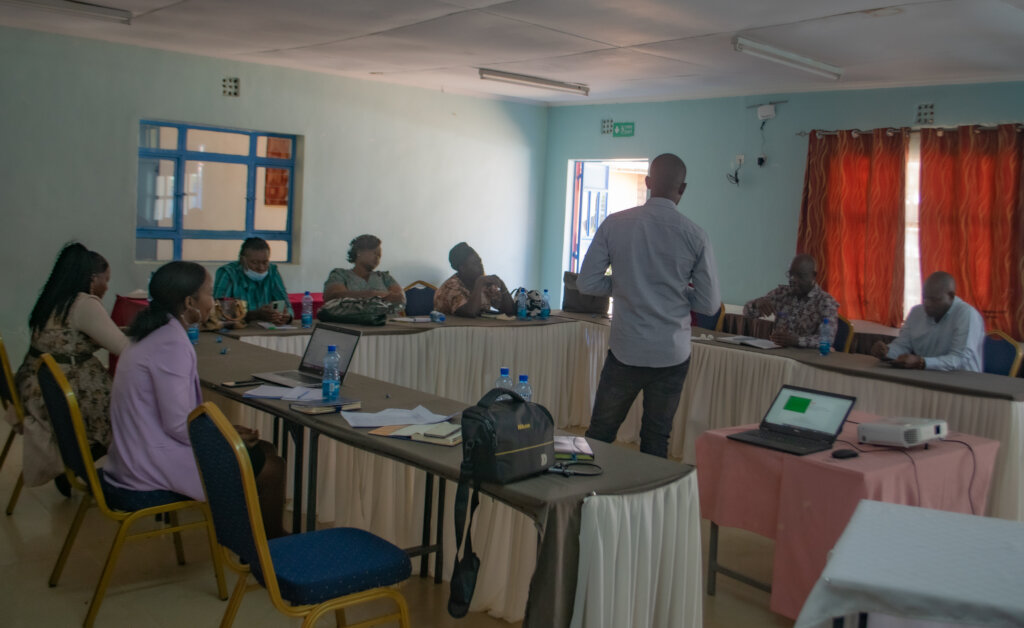By Nancy Itambo | Project Officer
1.0: ACTIVITY PROCEEDINGS
WE REACH had an introduction meeting with representatives from the Ministries of Health (MOH) and Education (MOE) to introduce the WASH project to Mumias East Sub County and explore the strategy for collaboration with the new schools. The County Public Health Officer/County WASH coordinator present underlined the need to address poor Water, Sanitation, and Hygiene (WASH) conditions in primary schools and so welcomed all partners who support this course. The WE REACH WASH Project team presented on the working mode of the WASH program, highlighting the project's area of concentration. WE REACH also discussed the significance of multi-sectoral participation, the need for attitude and behavioral change, and the benefits of such meetings. The County Public Health Officer shared his WASH Program experiences in order to motivate and encourage ministry representatives. The County Quality Assurance and Standards Officer also represented the Ministry of Education's involvement in the County's WASH Program in schools.
The meeting's goal was to present the detailed project profile, gain support, solicit opinion, suggestions, and collaborate in order to gain a better understanding of the WASH Program in rural primary schools.
WE REACH Executive Director gave organizational information to stakeholders in order to familiarize them with WE REACH and its operational areas of interest. His presentation also contained project details such as objectives, expected results and outcomes, working methodology, and county operating zones. During the meeting with the ministries, 15 schools from Mumias Sub-County were prioritized for the project; these schools were submitted at the meeting by Madam Faith Awuonda, the Sub-County (Mumias-East) Education Officer who also serves as the Sub-County Quality Assurance and Standards Officer.
2.0: LESSONS LEARNT
3.0: CHALLENGES
4.0: RECOMMENDATION
5.0: CONCLUSIONS
The meeting demonstrated that the sustainable development Goals address the provision of safe water and sanitation for all and increase schools’ ability to offer an effective learning environment, including essential drinking water, sanitation ,and hygiene. Despite this, the existence of the required infrastructure is not enough. There are gaps in several vital aspects, such as accessibility, maintenance, operation, education and practices, and students’ satisfaction with the infrastructure. Only through collaboration between stakeholders and school administration can the basic needs be met. Such cooperation will help to improve the learning environment in schools as well as achieving the SDGs
By Edwin Ngongesa | Program Officer
By Edwin Ngongesa | Project Officer
Project reports on GlobalGiving are posted directly to globalgiving.org by Project Leaders as they are completed, generally every 3-4 months. To protect the integrity of these documents, GlobalGiving does not alter them; therefore you may find some language or formatting issues.
If you donate to this project or have donated to this project, you can receive an email when this project posts a report. You can also subscribe for reports without donating.
Support this important cause by creating a personalized fundraising page.
Start a Fundraiser